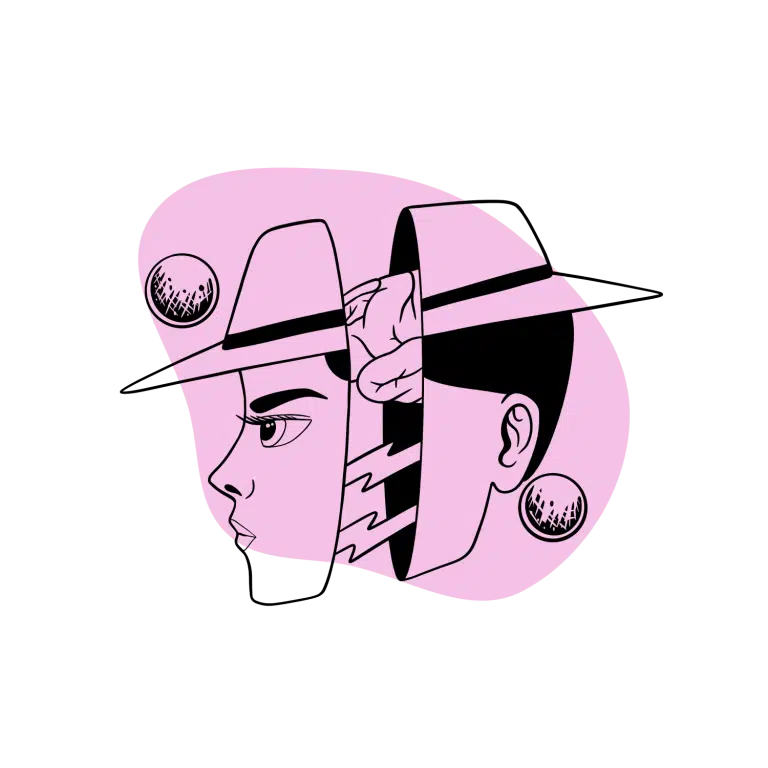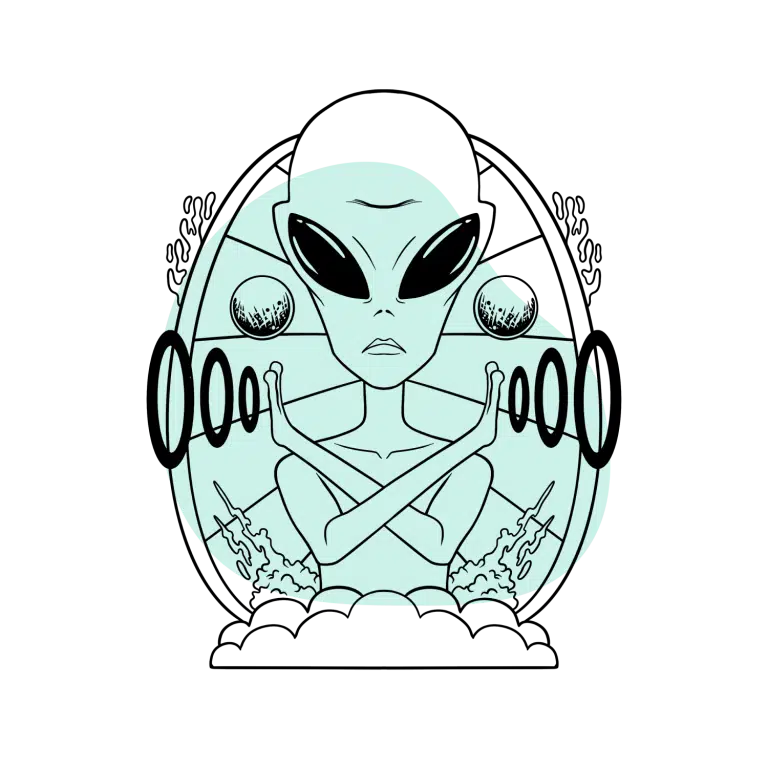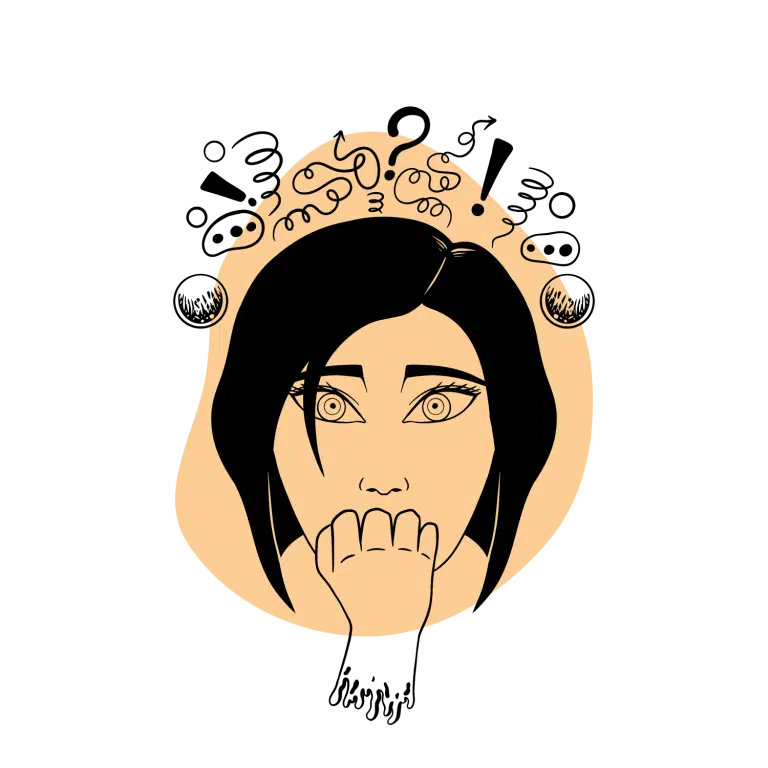Albert Hofmann, a famous Swiss scientist, created LSD in 1938. He was also responsible for the first isolation of psilocybin and psilocin from magic mushrooms.
Hoffmann accidentally discovered acid while working with Sandoz, a pharmaceutical business. He looked for a new medication to help with uterine contractions when pregnant.
LSD, as we know it today, was the 25th molecule he created from components derived from a rye fungus known as ergot. His notes identified the chemical as LSD-25, which is still a frequent term for the drug to this day.
After being invented, LSD-25 was promptly ruled out for not affecting uterine contractions, and it was put on hold for almost five years.
In 1943, Hoffmann returned to ergot and synthesized LSD-25 and other chemicals to conduct research.
Somehow, a few droplets of LSD-25 got on his skin. An hour later, he began to feel a "not unpleasant intoxicated-like condition, characterized by an extremely stimulated imagination."
Following this experience, Hoffman became naturally intrigued in LSD-25 and spent the next few years researching the compound's possible medical applications and toxicology. The first clinical studies of the new medicine began in 1947 at a psychiatric institution in Basel, Switzerland.
1P-LSD Blotters for sale online

MK-ULTRA: LSD & The CIA
Almost immediately, the CIA in the United States expressed interest in the novel reality-shifting medicine. They were interested in the substance as a potential mind-control agent and launched a covert operation known as MK-ULTRA.1P-LSD Blotters for sale online
CIA operatives, members of the public, prostitutes, patients in psychiatric facilities, and government personnel were all given LSD while MK-ULTRA was operating, sometimes with their permission and sometimes without.
The program was eventually canceled when it became evident that LSD was not the truth serum or mind-control agent they sought.
LSD Counterculture
In the 1960s, LSD was able to escape the laboratory and become available to the public. Sandoz (the medication's owner at the time) supplied significant amounts of the medicine to almost any researcher interested in testing it.
They investigated how the medication affected students in various settings. Throughout the investigation, Leary and Alpert were frequently under the influence of the substance.
This, combined with the belief that Leary and Alpert encouraged students to take LSD, resulted in their removal from the university in 1963.
Professors Timothy Leary and Richard Alpert of Harvard University were among the principal beneficiaries of this transaction in the United States.
The University allowed Leary and Alpert's study program to evaluate the drug (which was legal at the time).
After leaving the University, the two academics proceeded to share their knowledge with the public through public presentations, books, and events.1P-LSD Blotters for sale online
Alpert went to India to learn Hinduism. He went on to write several "seminal" volumes on spirituality under the pseudonym Baba Ram Dass.
Leary went on to openly encourage the use of psychedelics, becoming a key figure in the 1960s counterculture.
He was famous for various catchphrases at the time, including "turn on, tune in, drop out," "set and setting," and "think for yourself and question authority." The "most dangerous man in America" was once described by then-President Richard Nixon.

The 1P-LSD Prohibition
Dr. Sidney Cohen spearheaded the effort to ban 1P-LSD Blotters and psychedelics. He conducted numerous research throughout the 1960s and persuaded the government to pass legislation prohibiting the use of hallucinogenic drugs.
He claimed that in the wrong hands, 1P-LSD Blotters may be dangerous.
During this time, the media reported about people jumping out of windows while under the influence of LSD, staring into the sun until they became blind, and other amazing (and false) stories intended to vilify the drug.
The US federal government prohibited the possession of 1P-LSD Blotters in 1968, and it was eventually classified as an official Schedule I restricted narcotic in 1970. This category is reserved for substances having a high risk of abuse and no medical usefulness, such as heroin or cocaine.
1P-LSD Blotters research stalled and did not resume until the 1980s. Following its restriction, it became extremely difficult for research programs to get the chemical for further investigation.
The New Age In LSD & Psychedelics
We are currently entering a new phase of psychedelic study. Laws are loosening around the world, and the body of research proving the therapeutic value and high level of safety of psychedelics such as LSD is becoming increasingly difficult to ignore.
There is a campaign to reintroduce LSD into the healthcare system in the form of psychedelic-assisted therapy.
British Colombia, Canada, Oregon, the United States, Mexico, and various US municipalities have all authorized or decriminalized the use of psychedelics. More are anticipated to follow suit over the next few years.



LeaveComment